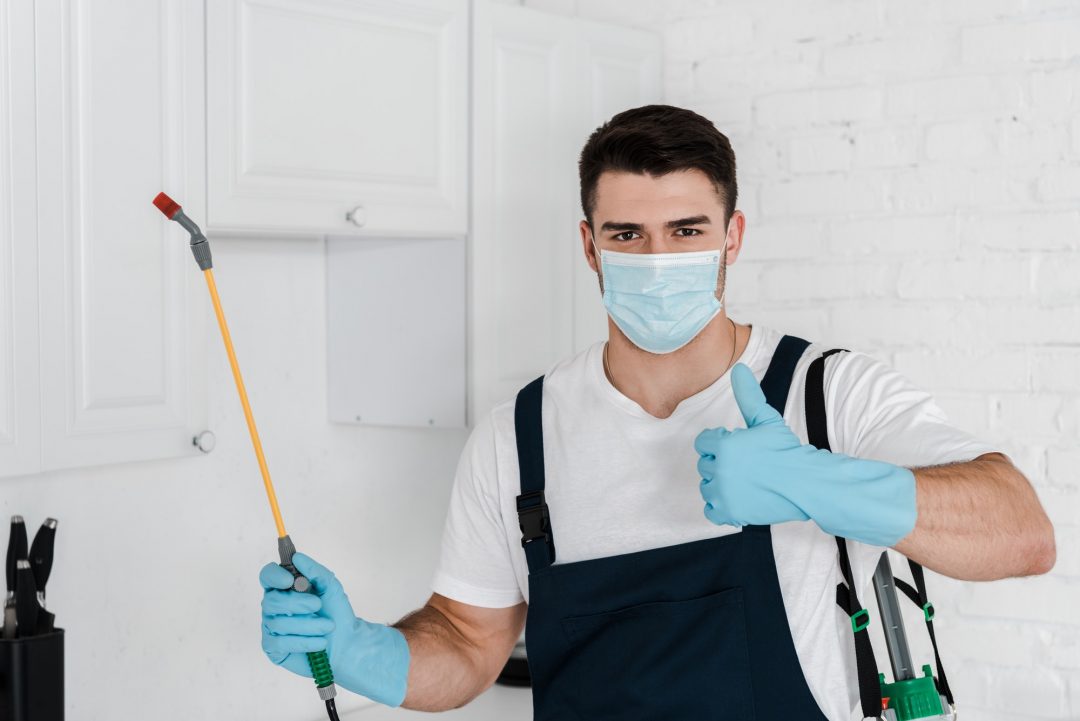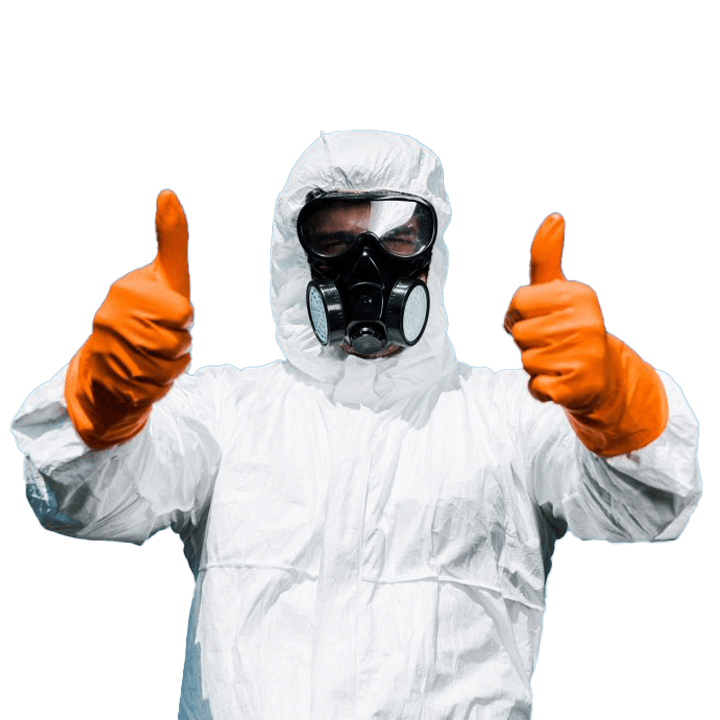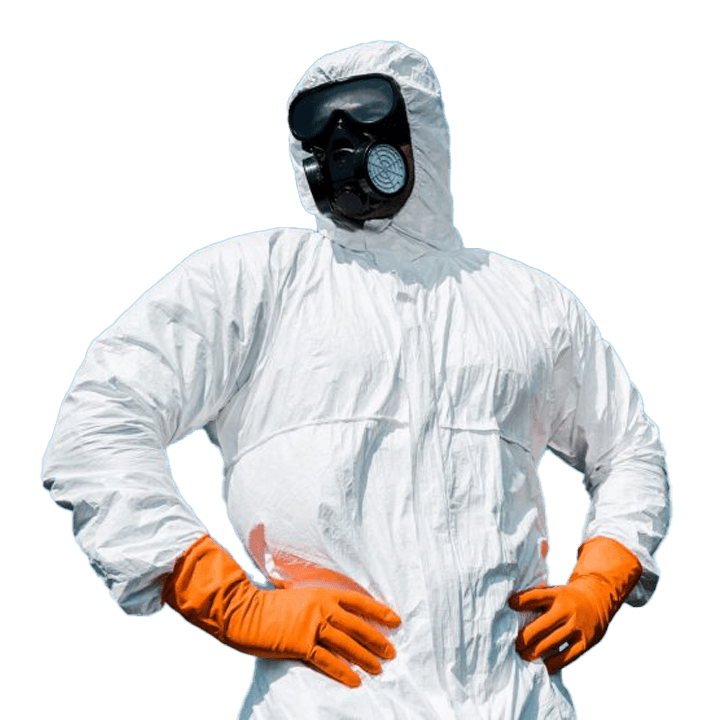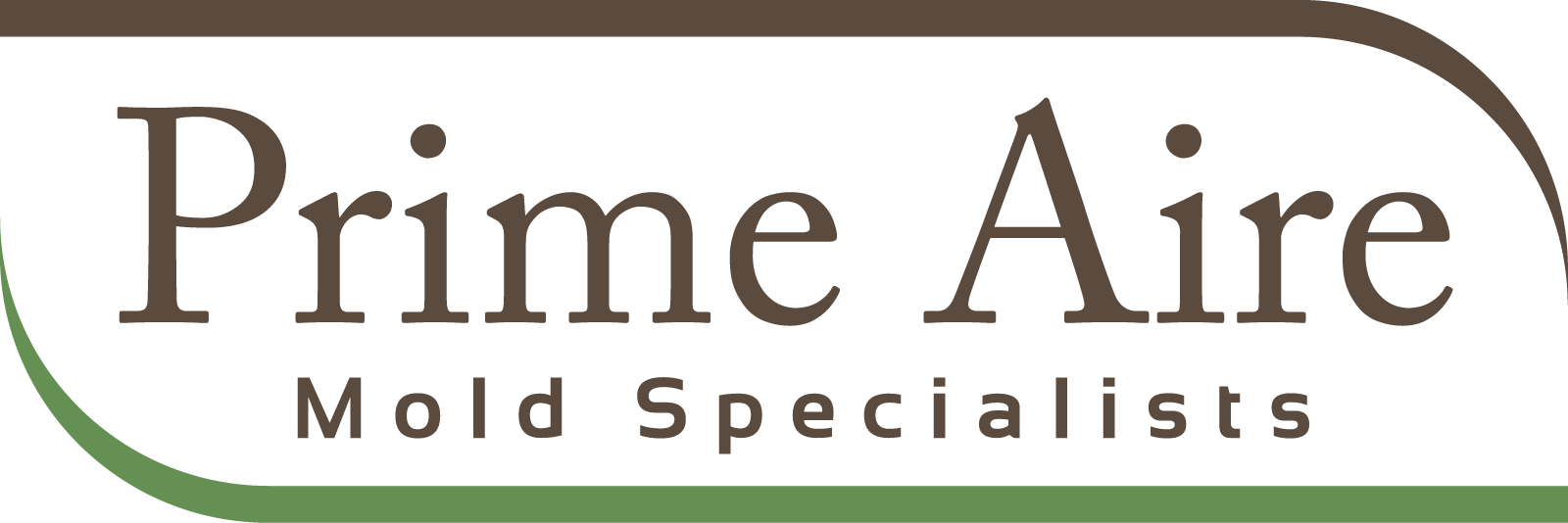- Mold Prevention In NYC | PrimeAire Mold Services
Mold Prevention
For more specific information regarding your personal mold testing questions and concerns, call PrimeAire to speak to a LIVE certified technician
Mold Prevention In NYC?
Prevention of mold growth indoors cannot be achieved without proper moisture control. Control the moisture and you control the mold.
Protect your family. In the summer, air conditioning can de-humidify indoor space. But if the system is too large or too small for the space it serves, the cooling system can create high humidity by cooling without removing water vapor. A properly sized and maintained system will dehumidify and cool a building.
When there are cold surfaces in a building, water vapor can condense on those surfaces, just as water condenses on the outside of a glass of ice water. Proper insulation of exterior walls can help prevent condensation and mold growth during the winter.
You should always be mindful of indoor sources of water vapor that can be problematic. Clothing dryers must be vented to the outdoors. Unvented gas or kerosene space heaters can generate enormous amounts of water vapor (as well as other air contaminants), and should be used sparingly and never as a primary heat source. Always run the bathroom exhaust fan when showering or bathing, and make sure the vent is exhausted to outdoors. A properly vented kitchen exhaust fan can remove steam created during cooking.


- Mold Testing & Inspection of Surfaces - Air
- Leak Detection and Moisture Testing
- Infrared Inspection & Survey / Infrared Thermal Imaging Assessment
- Mold Assessment, Mold Mitigation and Consulting
- Removal and Remediation
- Water Damage Assessment and Mitigation
- Laboratory Analysis of Mold Samples Taken
- Complete Review of Findings and Laboratory Results
- Recommendations for Mold Removal / Remediation ( If necessary )
Call PrimeAire Mold Services to speak to a Live Certified Mold Professional today.
Mold often grows behind walls and inside ceiling and floor cavities long before it is ever detected. By the time you start smelling an unpleasant odor, rest assured mold has been growing somewhere for some time and every day is growing more. If you suspect you have mold growing indoors, the time to act is sooner rather than later.

Testimonial
Here’s what our customers say
Giving the fresh air back to the household



PrimeAire Mold Services
Mold Prevention
Preventing Mold – The Basic Elements:
Mold requires 3 basic elements to grow: Moisture, warm air and a food source. Depriving mold of any of these three items will limit, and in some cases prevent it from growing, but it will not kill the mold that is already present. Mold spores will remain dormant, and if the moisture, warmth and food all reappear, mold will begin to grow again.
Remember, mold does not have to be alive to cause health problems in people or animals. Dormant and even non-viable (dead) mold can be just as harmful as viable (alive) mold.
- The most important steps in controlling mold growth are to remediate any existing mold and to eliminate moisture intrusion that caused it.
- The #1 cause of indoor mold problems is outdoor irrigation and drainage. Wall materials such as stucco and wood absorb water. Make sure sprinklers do not hit exterior walls. Make sure plants do not touch exterior walls and rain water is routed away from your building. Gutters and downspouts are the best way to manage rain water. Concrete slabs act just like a sponge. They absorb water out of the soil and hold it for extended periods. In turn, materials that make contact with wet slabs, such as carpet, padding, tack strip, moldings and other construction framework, absorb moisture out of slabs creating ideal conditions for mold growth. Over watering plants, grass and flower beds, is the primary contributor to this destructive scenario. When watering, make sure that the soil against your building dries completely within 3 hours of watering.
- Cob webs and dust are mold magnets. Airborne spores get trapped and can begin to grow. Vacuum and clean regularly to remove dust and cob webs in your home, especially behind refrigerator and other appliances that are not always included in routine vacuuming.
- Carpeting in bathrooms and basements is not recommended. In portions of your home that are susceptible to moisture, use area rugs or washable floor surfaces rather than wall-to-wall carpeting. If you use area rugs, launder them periodically.
- Do not store materials such as paper, books, clothes or other possible sources of food for mold in humid parts of your home.
- Repair water leaks in your roof, windows or any other part of the home immediately.
- Clean refrigerator drip pans regularly according to the manufacturer’s instructions. If your refrigerator and freezer doors do not seal
properly, moisture can build up and mold can grow there. Remove any mold on the door gaskets and replace faulty gaskets. - If you live in a house, make sure that your gutters and downspouts are clear of debris that may block the flow of water from your roof. Make sure the area under your downspouts is properly graded so that rainwater from the roof flows away from your foundation. Splash blocks can help rainwater to flow in the proper direction. If necessary, extend your downspouts.
- Make sure other areas around your foundation are graded so that rainwater does not flow toward the house. Do not put gardens or plants too close to your foundation so that watering them could cause water to flow toward your house. If you water your lawn with a sprinkler, make sure the water does not hit your house or the area next to the foundation.
- In the kitchen and bathroom, open windows or use exhaust fans when engaging in activities that produce moisture. Exhaust fans should be vented to the outdoors and not to an attic or crawl space. If your shower areas do not have exhaust fan, install them and wire them to the light switch so they cannot be ignored.
- If you have a clothing dryer, make sure it is properly vented to the outdoors.
- If you use a humidifier, make sure it does not produce an excessive amount of humidity. During the summer, 60 percent relative humidity or lower probably will prevent condensation and mold growth in most parts of the country, but that is too moist for the middle of winter, when 40 percent relative humidity or lower will prevent condensation on windows.
- If you live in a house with a basement, consider using a dehumidifier there. The cool basement floor and walls can be a source of moisture build-up.
- If your home has an attic, make sure it is properly insulated and ventilated.
- If you have a crawl space under your house, cover the soil in the crawl space with waterproof polyethylene plastic. If your crawl space is ventilated, close the vents in the summer and keep them open in the winter.
- If you have water problems in your basement or crawl space, clean up affected areas as quickly as possible and take immediate steps to resolve the source of the problem.
Renters, report all plumbing leaks and moisture problems immediately to your building owner, manager, or superintendent. In cases where persistent water problems are not addressed, you may want to contact local, state or federal health or housing authorities.
Find your state health department contacts at www.epa.gov/iaq/whereyoulive.html
Why Choose Us
Mold Inspection Testing & Equipment
- Air and moisture tests
- Swab sample
- Surface sampling
- Dust sampling
- Tape lift sampling
- Inner wall checks
- Laser particle counters
- Hyrometers
- Optic borescopes
- Leak detection
- Thermal imaging(infrared)
Primary Objectives of Mold Sampling
- Confirm or rule out the probability that mold is originating from a suspect condition indoors
- Assess the potential for property damage caused by mold without invasive procedures
- Assess the potential negative impact of mold on indoor air quality
Goals of Our Mold Investigation
- Determine if there is a mold or toxic mold infestation problem
- Determine the cause of the mold or toxic mold infestation problem
- Determine the extent of the mold or toxic mold infestation problem
Types of Mold Testing Include
- Air Testing using Air Cassettes
- Wall Check Cassettes
- Carpet Check Cassettes
- Bulk, Swab & Wipe Samples
- Tape Lift Samples
- Clearance Testing
Mold Testing Involves Collecting Samples
- Identify the type of mold present
- Quantify the level of mold present
3 Most Common Types of Samples Used in a Mold Inspection
- Surface samples (testing mold growth on surfaces)
- Air samples (testing airborne mold spores)
- Dust samples (mold DNA analysis)
Why Test For Mold in NYC | PrimeAire Mold Services
We use safe and environmentally friendly measures.
Our Mold Inspection Reports are our pride, digital, organized, easy to read and very well documented providing pertinent Mold Removal guidelines.
The following are some of the potential property conditions which warrant a professional mold inspection:

Frequent Condensation on Window
Consequences: Moisture seeps past window frame and into wall cavity causing water damage and mold growth inside wall.
Surface Mold On Window Sill
Consequences: Moisture seeps past window frame and into wall cavity causing water damage and mold growth inside wall.
Surface Mold Inside Window
Consequences: Moisture seeps past window frame and into wall cavity causing water damage and mold growth inside wall.
Bathtub/Shower Mold
Consequences: Mold comes back with a few days after cleaning, severe water damage, degradation of construction materials, and mold growth inside wall cavities.
Mold, Dry Rot, Water Damage on Eaves
Consequences: Severe water damage, degradation of construction materials, and water damage and mold growth spreading under shingles, onto sub-roof materials.
Roof Leak
Consequences: Water damage and mold growth spreading under shingles, eventual on attic and interior construction materials.
Over-Exposure to Water on Stucco
Consequences: Water damage and mold growth on stucco and inner-wall materials and interior walls of the structure.
Common Questions
Frequently Asked Questions
For detailed information or to request a quote, Call PrimeAire Mold Services at 1-877-307-5166 to speak to a Live Certified Mold Professional today.
Mold is a simple organism found everywhere, indoors and outdoors. Mold spores are microscopic (tiny and lightweight) and travel through the air we breathe. Airborne mold spores in large numbers are a known allergen that can cause allergic reactions, asthma episodes, infections, and other respiratory problems for people, especially children and elderly individuals.
Molds can be a major source of building sickness but not the only potential cause. Other issues can cause building sickness.
People living in or working in dwellings with building sickness have symptoms similar to a mild case of influenza (the flu) with the signs and symptoms disappearing within a few hours of leaving the building. Headaches, fatigue, and respiratory problems can also be experienced by people exposed to sick buildings.
Mold will grow in an environment that is warm, moist and unventilated. Once airborne, mold spores can be spread throughout your structure via the air duct system.
Mold can grow within areas of the house / building that you do not see. Wherever there is exposure to water and a mold "food source" such as cellulose (a component of wallboard), mold can grow. Areas such as the interiors of walls, showers and bathrooms, crawl spaces, attics, drywall tape, cracked plasterboard and dampened carpets are a few discovery areas for mold exposure.
New building methods make buildings better insulated and thus more likely to retain molds within the structure. Buildings are more airtight and any unventilated moisture that gets inside stays trapped inside, allowing mold to grow and spread rapidly.
Molds will grow any time the environment is favorable. Molds can be introduced into the house / structure when the building is under construction or after completion through events such as water damage from leaky pipes, roof leaks, sink, tub, or toilet overflows, cracks in the sealant around tubs /showers and use of inadequate materials during construction. There are documented cases demonstrating the damage caused by contractors allowing building materials to become wet during construction.
See examples of recent mold damage coverage: Forbes magazine: "The Fungus That Ate Sacramento;" CBS News: "Black Mold - Creeping Destruction;" CBS News/ 48 Hours: "Brockovich Takes on a New Foe: Mold;" CBS News/48 Hours: "An Insidious Mold."
In the past, insurance companies have covered mold repairs, but this is changing. Due to litigation and expensive repairs that can be incurred, insurance companies are now starting to consider mold issues a "maintenance issue" even if it costs thousands of dollars to repair/replace walls, etc. Please consult your insurance policy to see if you are covered.
It is possible to clean up visible (surface) mold with a solution of water and bleach, but precautions should be taken. For specific instructions, please refer to FEMA. Mold that is not visible however may require professional remediation.
By eliminating all of the mold that you can see, you may help your situation. However, this may not be the final solution since contamination may be originating from sources such as carpets, the inside of walls, air ducts, crawl spaces and sources outside of your home or building.
